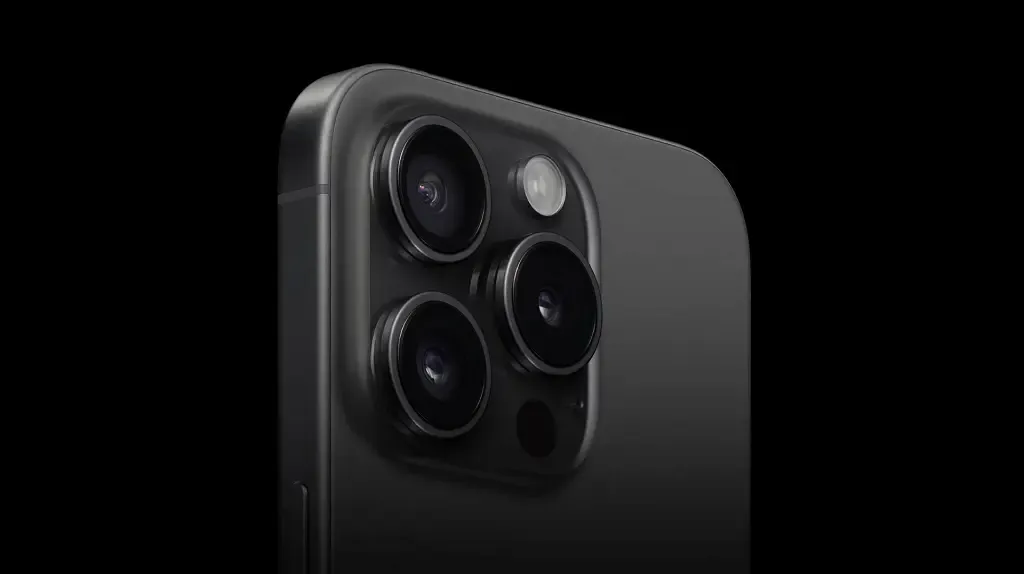Apple Rolls Out iOS 17.3 with Enhanced Security Features
- Apple released iOS 17.3 with a new feature called Stolen Device Protection.
- Stolen Device Protection adds an extra layer of security to iPhones by requiring biometric authentication for sensitive actions, even when the device is unlocked.
- This feature aims to protect user privacy in case of device theft or loss.
Apple has released iOS 17.3, a new software update for iPhones and iPads, the third major update to the iOS 17 operating system. This update brings a range of new features, including a significant enhancement to device security with the introduction of Stolen Device Protection.
Stolen Device Protection is designed to safeguard user data in the event of device theft or loss. When this feature is enabled, certain sensitive actions, such as accessing saved passwords, changing the passcode, or making purchases in Safari, will require biometric authentication (Face ID or Touch ID) even when the device is unlocked. This additional layer of security makes it more difficult for unauthorized individuals to access sensitive information on a stolen or lost iPhone.
In addition to requiring biometric authentication, Stolen Device Protection also introduces a security delay for certain critical actions. For example, if someone attempts to change their Apple ID password or iPhone passcode, the change will be delayed by one hour. This delay gives victims of device theft time to report their device as lost or stolen to Apple and take steps to protect their data.
To enable Stolen Device Protection, open the Settings app on your iPhone and go to Face ID & Passcode. Scroll down to the "Additional Security" section and toggle the switch next to "Stolen Device Protection" to the on position.
| Feature | Description |
|---|---|
| Stolen Device Protection | A new security feature in iOS 17.3 requires biometric authentication (Face ID or Touch ID) for sensitive actions, even when the device is unlocked. This helps protect user data in case of device theft or loss. |
| Security delay | A feature in Stolen Device Protection that delays critical actions, such as changing the Apple ID password or iPhone passcode, for one hour. This gives victims of device theft time to report their devices as lost or stolen to Apple and take steps to protect their data. |
| Benefits | Enhanced security, an extra layer of protection |
How to Enable Stolen Device Protection?
- Go to Settings > Face ID & Passcode.
- Enter your passcode.
- Under "Additional Security," toggle on "Stolen Device Protection."
Key Features of Stolen Device Protection
- Biometric Authentication for Sensitive Actions
- Security Delay for Sensitive Settings
- Geofencing Protection

